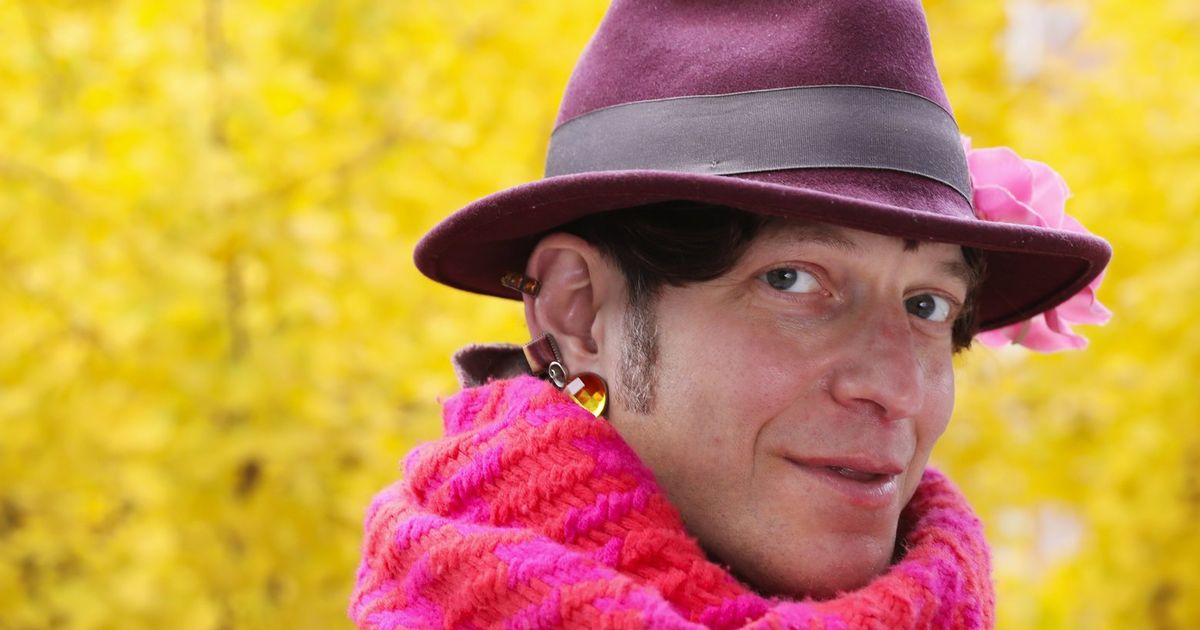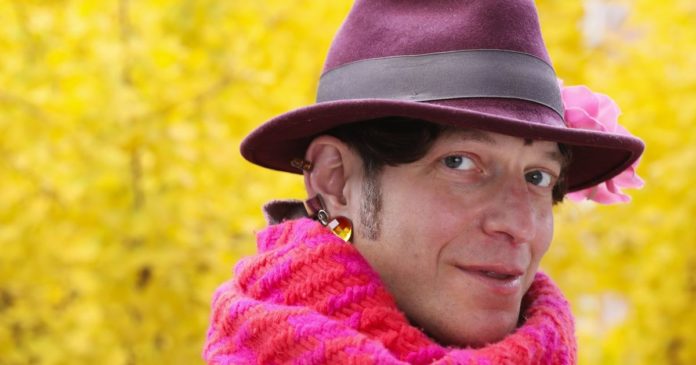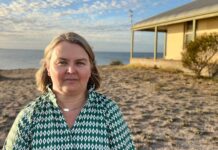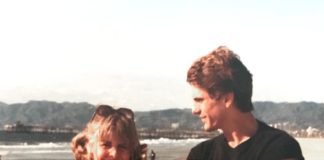
Seattle author Mattilda Bernstein Sycamore came of age in San Francisco in the 1990s, in that crucial moment when the HIV/AIDS crisis was shifting from the certainty of mass death to the possibility of a future for queer people in the United States.
Before the widespread availability of lifesaving medications but after the first terrifying years of silence, confusion and willful neglect of the deadly virus, Sycamore and her peers experienced life in between. The title of her new anthology, “Between Certain Death and a Possible Future: Queer Writing on Growing Up with the AIDS Crisis,” encapsulates the web of complexity of growing up queer in that in-between place. That place itself is not between two fixed points, as there is no tangible line “before” or “after.”
The book is vast in scope, perspective, style and experience. There are countless stories to be told from this time period, which was experienced in innumerable ways. “Between Certain Death” is a great work of collecting, of showing, of loving the stories of its 36 contributors and everyone around them, before and after.
The Seattle Times spoke with Sycamore over the phone about desire and danger, the politics of emotion and what it means to survive.
What was your vision for this book, and how did you go about soliciting work from the contributors?
I realized that there’s a missing generation in narratives and media perspectives on HIV and AIDS. Usually we hear about two generations: the generation who grew up and experienced sexual liberation and then watched as entire circles of friends died of a mysterious disease as the government did nothing to intervene … and a generation coming of age now with treatments and prevention available, who are unable to understand the magnitude of the loss. The narrative about those two generations — especially in queer worlds, in LGBT media — is that they will never understand one another. And I thought, wait a minute, there’s a generation between, and that’s the generation that I’m a part of. We came of age in the midst of the AIDS crisis and internalized the trauma as part of becoming queer. We have elements of both of these two generations that are generally talked about. I put out a call for submissions and compiled as broad a range of stories from this generation as possible. Broad in terms of race, class, gender, sexuality, religion, HIV status and every other marker of identity and experience. And also broad in terms of topic and perspective and style and analysis. I feel like this missing generation is the bridge that people are always saying doesn’t exist. This conversation is alive.
Can you talk about the idea of danger and desire being intertwined?
The first time I heard of a gay person in public was Rock Hudson dying; it was on the cover of The National Enquirer. In my memory, the headline said, “Rock Hudson is Gay.” When I searched for that headline, I couldn’t find it, because actually what it says is, “Rock Hudson is Dying of AIDS.” That was my first experience of knowing that someone was gay. Desire and death were always intertwined; there was no such thing as a sexuality without death in the room. This is that generational story. We have no “before.” There’s no “before” AIDS. We never experienced that. And there’s absolutely no possibility that we’re going to live. I think in choosing to have a sex life anyway, it was choosing desire as a necessity, in spite of the world that told us we are going to die. I think choosing desire anyway is resisting that narrative. And choosing to take care of one another. Because that’s another part of it. It’s not desire on its own, it’s desire as a communal practice of resistance.
How did you think about and center the political nature of illness, and ultimately of bodies, as you edited this anthology? Have your thoughts around these things changed over time?
To me, the AIDS crisis was always political, because it was predicated on a government that refused to intervene as thousands and thousands of people were dying. In the public image, these were gay people and drug addicts. The only group that people cared about initially was hemophiliacs, because they were considered innocent. There was this hysteria, it was as if homophobic attitudes had been proven correct: That you deserve to die and therefore you are dying. There’s no way to respond to that in any effective way without challenging homophobia as well as racism, classism, misogyny, transphobia, ableism. People talk about intersectional analysis, but the intersections were in people’s bodies and are in people’s bodies. … Now everything is privatized. There was this ever presence of death, but it was as if these were not my deaths to mourn. I felt like I didn’t own that grief, like it belonged to a different generation. One of the things I want to do with the anthology is allow all of us to experience our grief, our trauma, our loss, our loneliness, our laughter, our pleasure, all of it all together. I think when we internalize grief and trauma, the consequences are devastating, and we see that in gay and queer worlds over and over.
In the introduction to the book, you write, “Let’s talk about everything. Let’s feel it all, so our future remains possible.” Can you talk about how feeling makes the future possible, and how that idea shapes this book?
This book is about feeling, centrally. It makes the future possible, because how do we exist in all of our complications and nuance and messiness and potential if we can feel everything? I think for so many of us, especially this generation that is essential to the book — but I would say every generation of queers, especially if we grew up in a world that tells us we deserve to die just for existing — I think we have to set emotion off in a certain way in order to survive. But at a certain point, survival at a communal level becomes impossible unless we can let the feeling back in.
What do you think survival means for the people of this bridge generation today, and what does it mean for you?
It’s different for everyone and I don’t want to impose a particular narrative. For me, probably the strangest thing, or maybe the most surprising thing, is that I felt most sexually liberated when I was coming of age in San Francisco in the early ’90s when it felt like everyone was dying. There was this sense of a mutual camaraderie in resistance and desire and I think that’s mostly gone, culturally. I guess I would say survival for me depends on the day.








